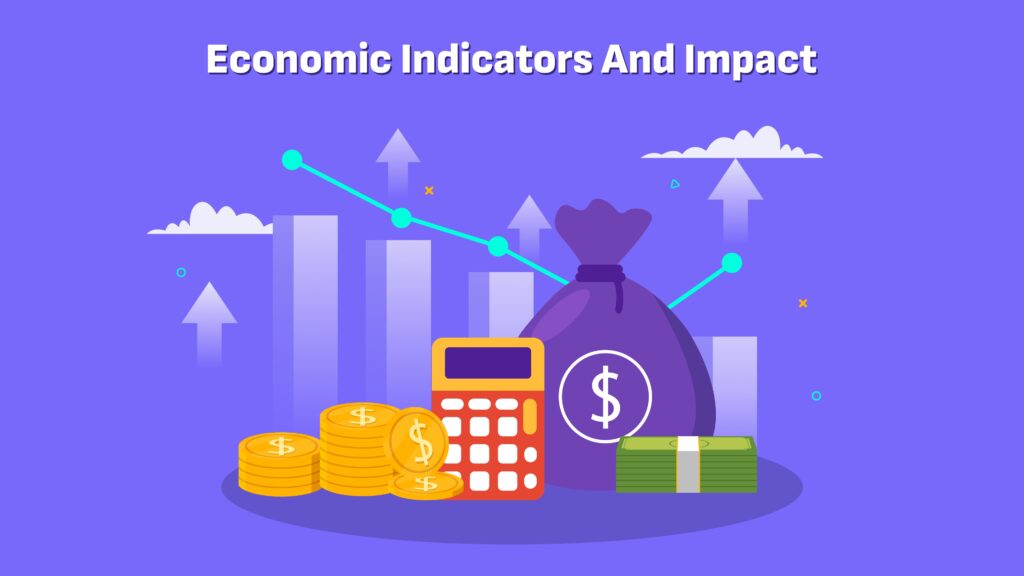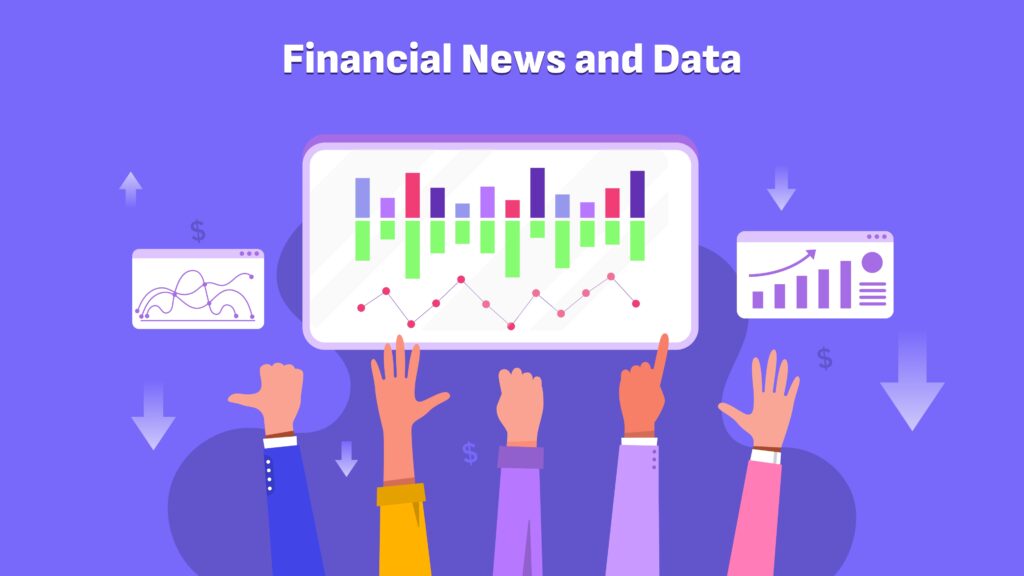

Lesson 1: Fundamental Analysis
Summary
Fundamental analysis is a crucial aspect of forex trading. It involves evaluating economic, social, and political factors that may affect currency prices. This guide will delve into the key economic indicators and how to interpret financial news and data for effective forex trading.

Main Economic Indicators and Their Impact
- Gross Domestic Product (GDP): GDP measures the total value of goods and services produced in a country. High GDP growth often strengthens a country’s currency as it indicates a robust economy.
- Interest Rates: Set by central banks, interest rates significantly impact currency values. Higher interest rates offer better returns on investments in that currency, typically leading to an increase in its value.
- Inflation Rates: Inflation measures the rate at which the general level of prices for goods and services is rising. Moderate inflation is a sign of a growing economy, but high inflation can devalue the currency.
- Employment Data: Strong employment numbers, like low unemployment rates, suggest a healthy economy, which can strengthen the currency.
- Trade Balance: It reflects the difference between a country’s imports and exports. A positive trade balance (or surplus) indicates more exports than imports, which can be bullish for the currency.
- Consumer Confidence and Retail Sales: These indicate the overall consumer optimism and spending patterns. Higher consumer confidence and retail sales usually strengthen the currency, as they suggest a robust economy.
- Manufacturing Data: Indicators like PMI (Purchasing Managers’ Index) provide insights into the manufacturing sector’s health, impacting the currency based on the sector’s performance.
- Political Stability and Performance: Political events, stability, and policies can significantly impact a country’s economic performance and, consequently, its currency.

Reading and Interpreting Financial News and Data
- Staying Informed: Follow reliable financial news sources and economic calendars. Key events like central bank meetings, political developments, or economic reports should be on your radar.
- Understanding the Context: Context is critical. For example, an interest rate hike may strengthen the currency, but if the market expected a larger increase, the reaction might be muted or opposite.
- Analyzing Market Sentiment: Market sentiment can often overshadow data. For instance, if the market is risk-averse, even positive economic data might not strengthen the currency as much as expected.
- Interpreting Data Releases: When a data release is better or worse than expected, it generally leads to currency strengthening or weakening, respectively. However, consider the overall economic scenario and other concurrent events.
- Long-Term vs. Short-Term Impact: Some data have immediate effects, while others influence the market gradually. For example, GDP data might have a long-term impact, whereas a political announcement can cause immediate volatility.
- Using Economic Calendars: Economic calendars list upcoming economic events and data releases, often with forecasts. Use these to prepare for potential market movements.
- Correlation with Other Markets: Sometimes, forex markets react to movements in other markets like commodities or equities. Understanding these correlations can provide additional insights.
Summary
Fundamental analysis in forex trading requires a thorough understanding of economic indicators and the ability to interpret financial news and data effectively. It’s not just about the numbers but also about market expectations, sentiment, and geopolitical events.
Combining this knowledge with technical analysis can offer a more comprehensive approach to forex trading. Remember, while fundamental analysis can provide valuable insights, it’s not infallible and should be part of a well-rounded trading strategy.


